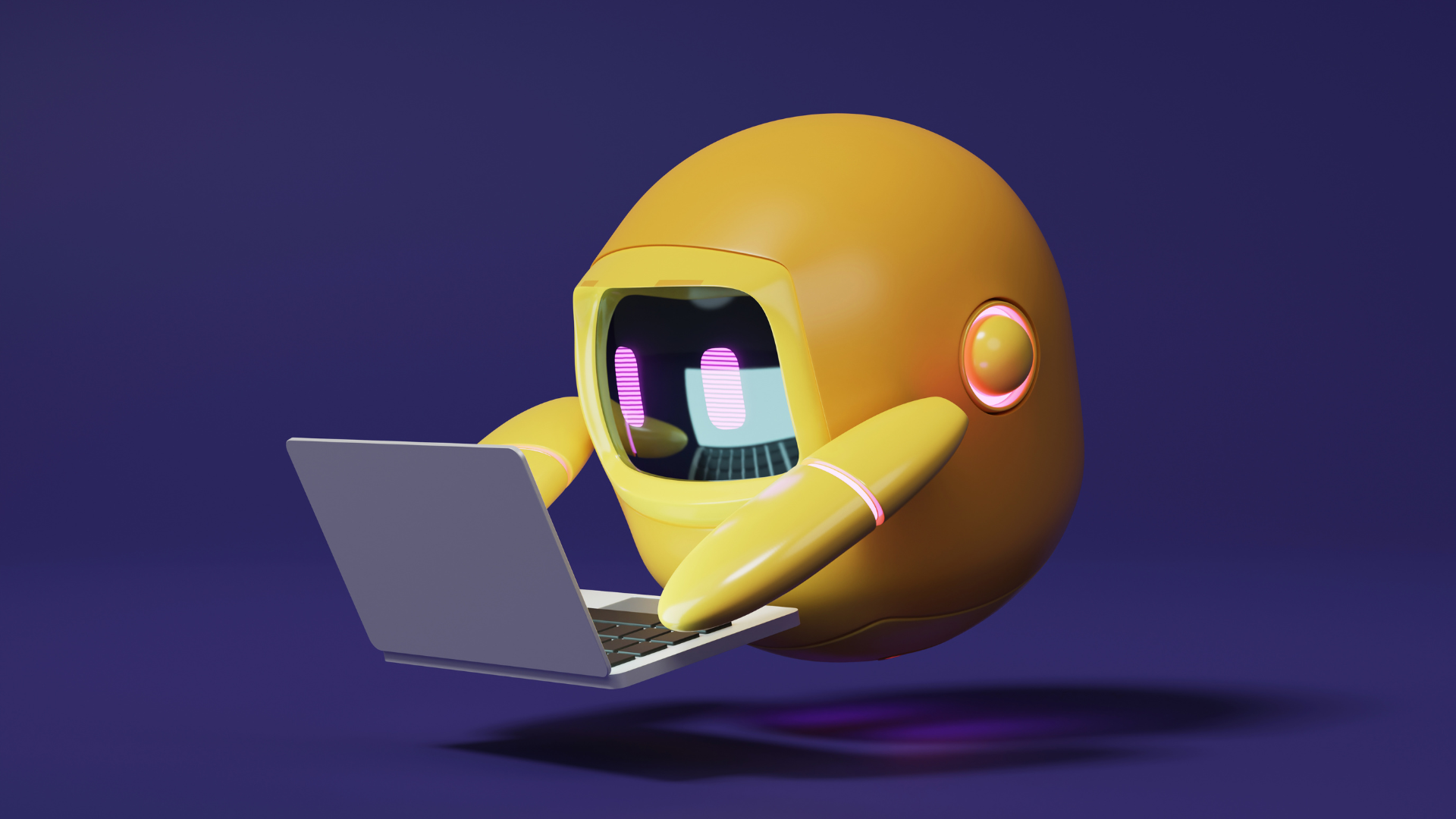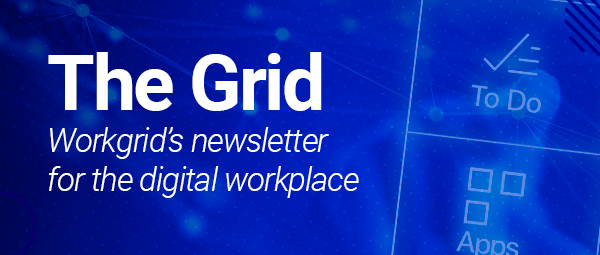In today's digital workplace, the use of AI-powered technologies is becoming increasingly pervasive. Among these technologies, conversational AI and traditional chatbots have gained significant attention. Both aim to enhance communication and streamline processes, but they differ in their capabilities and potential to improve the employee experience. In this blog, we will delve into the distinct features of conversational AI and traditional chatbots while exploring how they contribute to a more productive and engaging workplace.
![[asset] Digital-Workplace-Digital-Friction Stock Photo1920x1080](https://images.ctfassets.net/z7p73u8c0thn/3eCiTAZMJMtnqgiqOGHsI2/98dc32dbb815d52a48f79cfa0e41b606/Digital-Workplace-Trends-Stock_Photos_1920x1080.png?w=1200&h=675&q=60&fm=png&bg=transparent)
Understanding Traditional Employee Chatbots
In the modern age, chatbots have been established as a common piece of technology in both the employee and consumer experience. It’s not uncommon to see a chat bubble appear on a web page with the intention of supporting knowledge sharing in some way. The basics of a chatbot are clear to the modern internet user, but we must take a closer look at how the information within the traditional chatbot is ingested, distributed, and consumed.
Traditional employee chatbots rely on pre-programmed responses and scripted conversations. They are designed to handle specific queries or provide predefined information to users. While they can offer quick and structured support, their functionality is often limited, and they lack the ability to engage in natural conversations.
In many ways, employee chatbots function as reactive digital assistants. They typically only respond to user input, waiting for questions or prompts before providing information. In today's fast-paced work environment, these chatbots are useful mainly as a basic search function – often only serving as a starting point for employees before directing them to another document or system.
Due to the Q&A nature of traditional workplace chatbots, they often require a significant amount of time to configure the bot to operate properly, and ongoing manual support to maintain the most accurate responses.
What if there was a smarter way to get information to (and even from) employees using chat?
The Benefits of Conversational AI
AI-powered chatbots, or Conversational AI Assistants, leverage advanced natural language processing (NLP) techniques to facilitate human-like interactions. These AI-powered chatbots possess the ability to understand context, learn from previous interactions, connect across digital workplace technology, and provide personalized responses. By simulating natural conversations, conversational AI enhances the employee experience by enabling a more fluid and intuitive interaction.
Conversational AI technology is transforming the relationship between employees and technology by modernizing the chatbot experience from reactive bots to proactive assistants. By analyzing schedules, priorities, and workflows, AI assistants can provide timely insights, tasks, and recommendations to employees. Instead of being a passive tool that merely responds to questions, proactive assistants can anticipate needs and become an intelligent collaborator.
With the help of artificial intelligence, answers to questions are sourced across a collection of sources, searching through business systems, documents, and knowledge bases for answers. Unlike traditional chatbots that rely on pre-defined Q&A criteria, conversational AI assistants can not only better understand user requests but can intelligently extract more information from digital workplace technology, often seamlessly combining tasks and information within the conversational interface.
![[asset] Chat to ServiceNow Knowledge](https://images.ctfassets.net/z7p73u8c0thn/2CTY7AFuEGHzECAu4KiUCo/ff8f45dc0674e0bab064bd55a03d8b31/Chat_to_ServiceNow_Knowledge.png?w=1200&h=1061&q=60&fm=png&bg=transparent)
Enhancing Employee Experience with Enterprise Conversational AI
Conversational AI understands the unique needs of employees and tailor's responses accordingly. Whether it's providing information, assisting with tasks, or offering recommendations, conversational AI adds a personalized touch, making employees feel valued.
24/7 Support: Unlike traditional chatbots which may operate within specific working hours, conversational AI is available round the clock. This ensures that employees have access to instant support whenever they need, leading to increased efficiency and reduced frustration.
Natural Language Understanding: Conversational AI's advanced NLP capabilities enable it to comprehend queries in a more human-like manner. It can detect nuances, decipher intent, and analyze sentiment. This promotes more effective communication, as employees can express themselves naturally without having to adapt to the limitations of rigid conversation models.
Learning and Adaptation: Conversational AI continuously learns from interactions, allowing it to improve over time. It can adapt to evolving employee needs, resolve queries more accurately, and provide insightful recommendations. This adaptive learning capability fosters a more intelligent and intuitive experience for employees.
Embracing Conversational AI in the Workplace
Integrating conversational AI into the workplace requires careful planning and execution. Organizations should consider the following steps:
Identify Use Cases: Assess different areas within the workplace where conversational AI can be employed effectively. This could range from HR assistance and IT support to training and onboarding processes.
Seamless Integration: Ensure that conversational AI seamlessly integrates with existing workplace platforms and systems. This will facilitate easy access for employees and maximize the benefits derived from the technology.
Continuous Feedback and Improvement: Regularly gather feedback from employees to understand their experience with conversational AI. This feedback loop enables organizations to make necessary improvements and refine the AI system over time.
Conversational AI ushers in a new era of workplace communication, where engaging and personalized interactions are the norm. By surpassing the limitations of traditional chatbots, conversational AI offers a chance to redefine the employee experience. Its ability to understand context, provide instant support, and continuously learn from interactions holds immense potential in enhancing productivity and satisfaction within the workplace. As organizations increasingly embrace AI technologies, conversational AI emerges as a pivotal tool to shape the future of work.




